The Nao Victoria is a historic and technologically significant vessel, having been one of the five ships that comprised Ferdinand Magellan’s expedition to circumnavigate the globe. This article aims to provide a comprehensive and in-depth look into the history and technological advancements of the Nao Victoria, and why it is considered to be one of the most important ships in history.
The History of the Nao Victoria
The Nao Victoria was originally built in Spain in the early 16th century, and was part of Ferdinand Magellan’s famous expedition that aimed to find a new route to the Spice Islands. The expedition consisted of five ships, the Nao Victoria being one of them, and set sail from Spain in 1519.
The journey was long and arduous, with the ships facing many challenges along the way, including harsh weather conditions, lack of provisions, and encounters with hostile locals. Despite these difficulties, the Nao Victoria was one of the only two ships to successfully complete the expedition and return to Spain in 1522, marking the first circumnavigation of the globe.
The Nao Victoria is not only significant because of its role in the historic expedition, but also because of its technological advancements. At the time, the ship was considered to be one of the most advanced vessels of its kind, and its design and construction were crucial in enabling the successful completion of the expedition.
The Technological Advancements of the Nao Victoria
The Nao Victoria was ahead of its time in terms of technological advancements. The ship was built using the latest shipbuilding techniques and materials of the time, including the use of iron bolts and nails for its construction, as well as a unique design that allowed for maximum stability and speed on the open seas.
One of the most notable technological advancements of the Nao Victoria was its lateen sails, which allowed for greater maneuverability and speed in windy conditions. The ship also had a large cargo hold, making it ideal for long voyages and enabling it to carry provisions and trade goods.
In addition to these technological advancements, the Nao Victoria was also equipped with the latest navigational tools of the time, including a quadrant for measuring the altitude of the sun, and a cross-staff for determining the ship’s latitude. These tools were crucial in enabling the successful completion of the expedition, as they allowed the crew to navigate the vast and unfamiliar waters of the Pacific Ocean.
The Legacy of the Nao Victoria
The Nao Victoria is considered to be one of the most important ships in history, not only because of its role in the first circumnavigation of the globe, but also because of its technological advancements. The ship’s design and construction were ahead of its time, and its legacy continues to be studied and admired to this day.
The Nao Victoria is a testament to the ingenuity and bravery of the men who built and sailed it, and its impact on maritime history cannot be overstated. It is a symbol of the technological advancements of the 16th century, and serves as a reminder of the incredible achievements of the explorers and sailors of that era.
Nao Victoria was the first to circumnavigate the entire world – a feat that was accomplished in 1522. This remarkable journey took three years to complete and was led by the famous explorer Ferdinand Magellan. During its adventure, Nao Victoria encountered many obstacles and obstacles, making it one of the most renowned sailing vessels of all time.
Nao Victoria
Nao Victoria is a stunning and magnificent vessel that was designed to commemorate the first trip around the world. At nearly 500 years old, this iconic Spanish ship has been replicated to honor the historic voyage and is now on permanent display in Seville, Spain.
The Nao Victoria replica of the same-named original vessel, which sailed from 1519 to 1522 under the command of Ferdinand Magellan. The original Nao Victoria was one of five ships that successfully circumnavigated the globe for Spain during this period. Its modern day replica is expertly detailed with masts, sails, cannons and rigging resembling those used during its first voyage around the world. Along with her sister ship El Galeon Andalucia, these two replicas are some of most impressive ships ever built and visitors can explore them from top to bottom while learning about their fascinating history.
Here we add 16 images that I took as the Nao Victoria replica crossed the Panama Canal in December of 2004:
#gallery-1 { margin: auto; } #gallery-1 .gallery-item { float: left; margin-top: 10px; text-align: center; width: 33%; } #gallery-1 img { border: 2px solid #cfcfcf; } #gallery-1 .gallery-caption { margin-left: 0; } /* see gallery_shortcode() in wp-includes/media.php */Exploration History
Nao Victoria is a Spanish sailing vessel, captained by explorer Ferdinand Magellan. It became the first ship to circumnavigate the world in 1519-1522. This historic feat has been celebrated ever since and stands as a testament to the bravery of Magellan and his crew.
The journey was a difficult one, as many of the crew died due to hardship and sickness along their path. The voyage started with a crew of about 265 men aboard five ships, however only 18 men returned alive on Victoria, while many others had deserted. Many of the men died of malnutrition.. Despite these losses, Nao Victoria’s voyage made history as it set sail into uncharted waters and became the first expedition to prove that earth was round rather than flat – an idea that had been disputed for centuries before this voyage. The long circumnavigation began in Seville in 1519 and returned to Sanlúcar de Barrameda on 6 September 1522, after sailing 68,000 kilometres (42,000 mi), 35,000 kilometres (22,000 mi) of which was largely unknown to the crew. On 21 December 1521, Victoria sailed on from Tidore in Indonesia alone because the other ships left the convoy due to lack of rations. The ship was in terrible shape, with her sails torn and only kept afloat by continuous pumping of water. Victoria managed to return to Spain with a shipload of spices, the value of which was greater than the cost of the entire original fleet. Victoria was later repaired, bought by a merchant shipper and sailed for almost another fifty years before being lost with all hands on a trip from the Antilles to Seville in about 1570. Nao Victoria was part of the Spanish expedition to the Moluccas (now Indonesia’s Maluku Islands) commanded by the explorer Ferdinand Magellan until his death in the Philippines in 1521.
Modern Relevance
Nao Victoria, a 16th century Spanish ship, is an example of the remarkable capabilities of Renaissance seafaring technology. This vessel was one of five ships in a fleet under Ferdinand Magellan’s command. It completed the first circumnavigation of Earth over 500 years ago and remains an impressive symbol to this day.
The modern relevance of Nao Victoria is reflected in its symbolism as a representation of global exploration and interconnectivity today. The ship’s journey around the globe, which took three years to complete, highlights how far humans have come since then in terms of navigation technology and international collaboration. Even though it took Magellan and his crew so long to reach their destination, we can now circumnavigate the world much faster with modern ships and due to advances such as GPS navigation systems.
Since its return almost 500 years ago, Nao Victoria has become an enduring symbol of exploration, adventure and resilience. It has inspired countless books, films and plays as well as scientific research into ocean navigation. For more please see also this page here from the: LA FUNDACIÓN NAO VICTORIA for more information and history.
Please bookmark us now press: ctrl+d and visit again soon for more fascinating travel destinations!
A selection of Nature images, wildlife, flora and landscape stock photos, to see many more images and to license our stock photos please see our complete collection of our wildlife, flora and landscape stock images here at Alamy.
Introducing our captivating photo book showcasing the mesmerizing flora and fauna of Panama! Dive into the vibrant world of biodiversity with stunning imagery capturing the essence of Panama’s natural wonders. From majestic birds to elusive wildlife and breathtaking landscapes, this book is a visual feast for nature enthusiasts.
Don’t miss your chance to own a piece of Panama’s natural heritage. Order your copy here at Amazon now and embark on a visual journey through the enchanting landscapes and fascinating wildlife of Panama!
(adsbygoogle = window.adsbygoogle || []).push({});

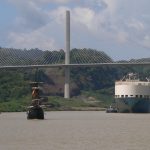
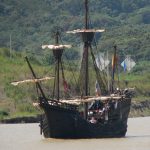
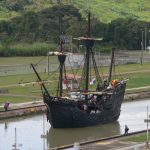
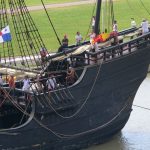
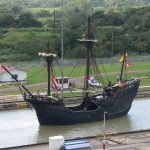
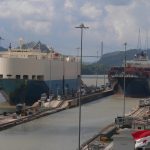
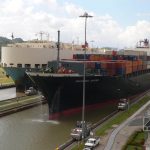
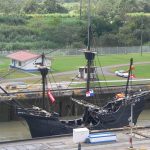
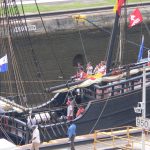
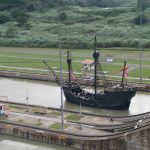
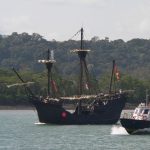
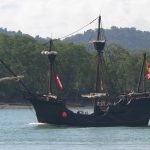


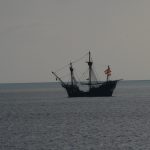
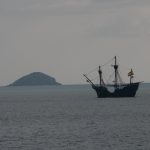
Comments are closed